How to Grow an Entire Year’s Supply of Peppers
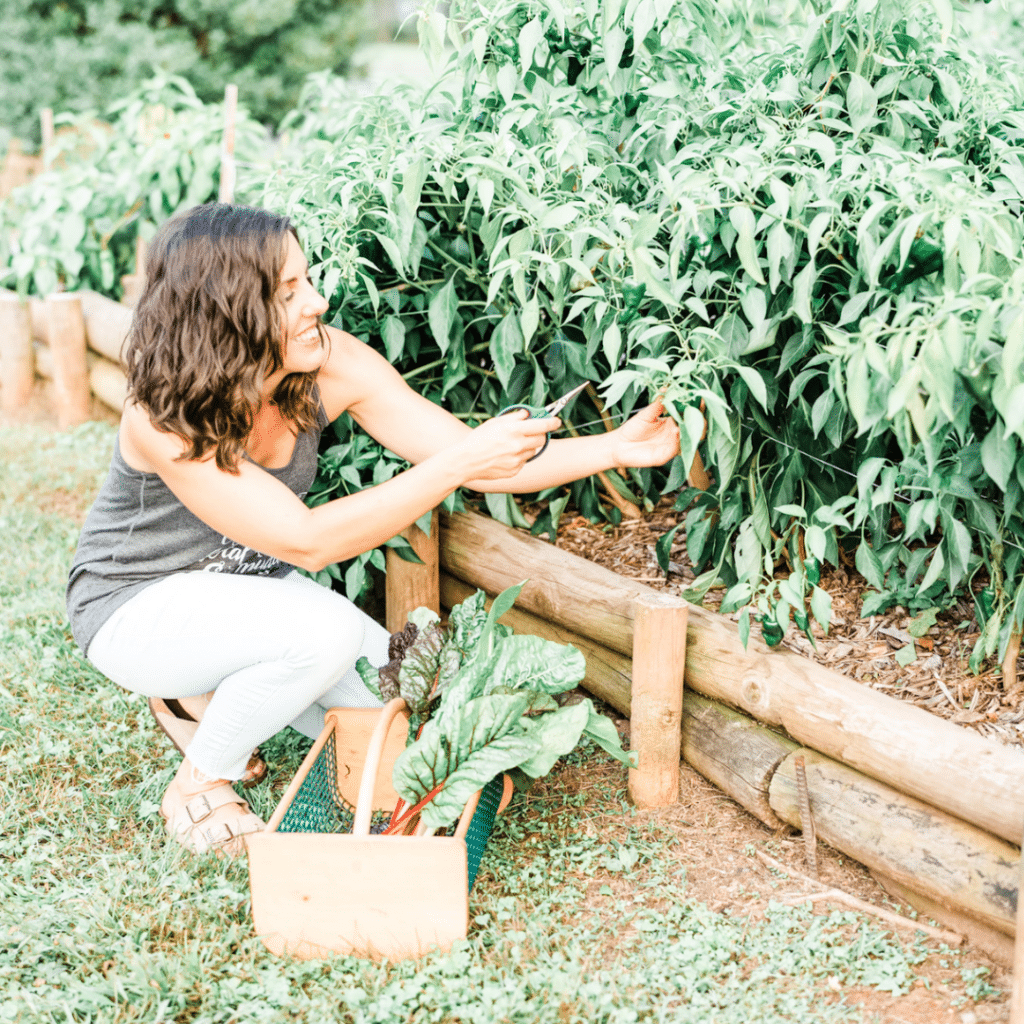
Plan your best garden with simple, step-by-step instructions!
This post may contain affiliate links, which means I make a small commission at no extra cost to you.
See my full disclosure here.
Have you wondered if it’s possible to grow an entire year’s supply of peppers? Last year I did just that.
I grew and preserved enough peppers to last my family an entire year. We still have plenty of peppers in the freezer, and this year’s plants will be in the ground soon. Time to do it all over again!

How to Grow an Entire Year’s Supply of Peppers
If I can go from struggling to get a few bell peppers to ripen to growing all my family’s peppers, both hot and sweet, then you can do it too! Here are some tips to help you successfully grow an entire year’s supply of peppers for your family.
1. Start your own seeds
This is key. Starting your own seeds allows you to choose the exact varieties you want to grow, and it gives you control over all the variables. Choosing varieties your family will eat and that grow well in your area will be a game-changer for your pepper game.
2. Don’t start too early
If you start your pepper seeds too early, they’ll outgrow their seed tray or small pots long before it’s warm enough to plant them outside. Don’t rush!
I like to start my pepper seeds about 8-9 weeks before my average last frost. In zone 7a, that means starting them in mid to late March.
3. Grow under a dome
Pepper seeds need warmth and humidity in order to germinate. You can pair a seed tray with a humidity dome, or you can repurpose a hinged produce tub. I’ve used both methods with success.
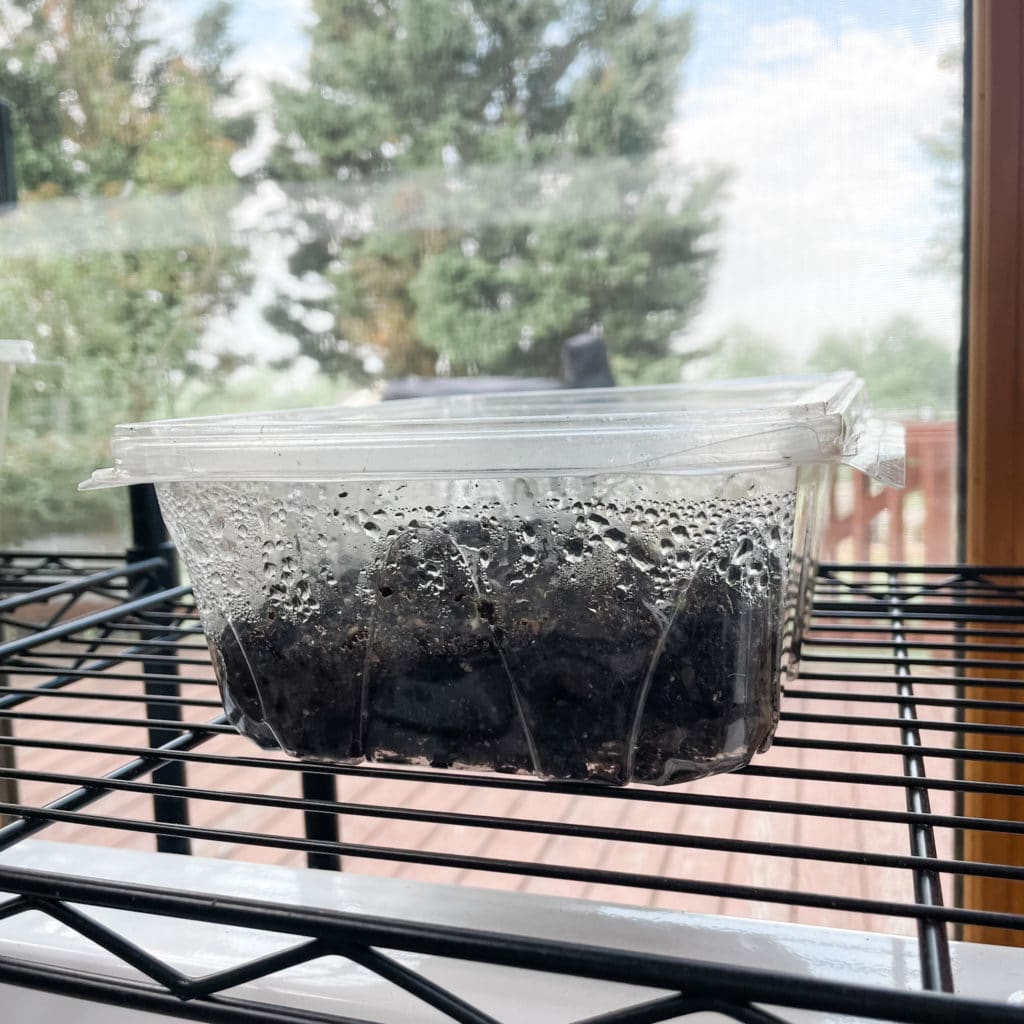
4. Add warmth
Again, pepper seeds must be kept warm in order to germinate. I’ve never used a heat mat, so don’t worry about needing fancy equipment. This simple seed-starting set up is all you need.
5. Be patient
Pepper seeds can take a while to germinate. It’s not unusual to wait two weeks before noticing tiny green sprouts popping up in your pepper seed tray. Give them time, and keep the humidity dome on the entire time.
6. Don’t rush to plant
Are you noticing a theme here? Pepper seeds need warmth to germinate and similarly, pepper plants need warmth in order to thrive outside. I like to wait until well past my last frost date before planting pepper seedlings in the ground.
Around 4 to 6 weeks after germination, it’s time to pot up your pepper seedlings. This is when you transfer each soil block into its own 4-inch pot and begin to harden it off outside.

I like to wait until temperatures are consistently in the 60’s or higher before moving my pepper seedlings outside. Then I follow the steps outlined here: The Easy Way to Harden Off Seedlings.
7. Pinch back
It might feel counterintuitive, but pinching off the first blooms will help your pepper plants grow strong and healthy and produce a bumper crop of peppers. Here are instructions along with a video demonstration: How to Pinch Pepper Plants (& Why).
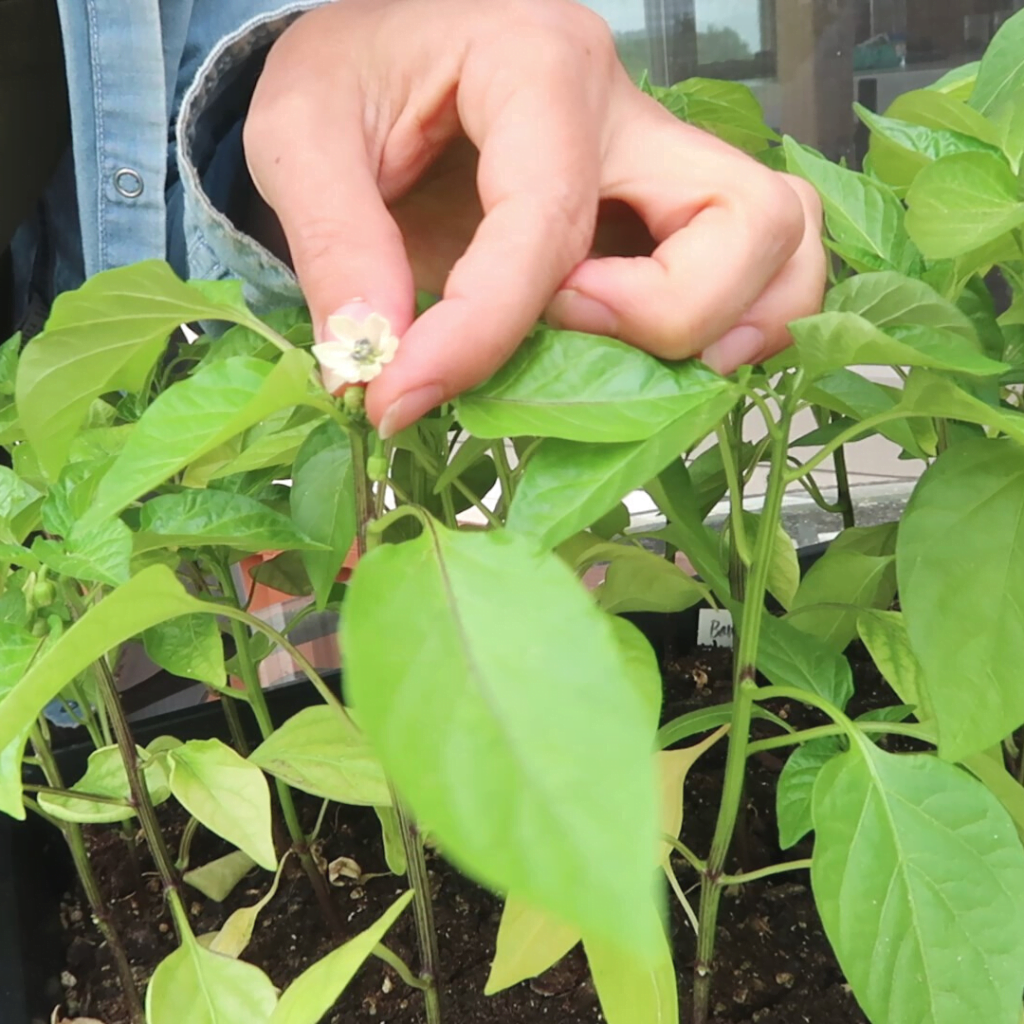
8. Provide support
Once your peppers are in the ground, you’ll want to provide support. I like to add tall stakes at either end of each pepper row. It’s best to do this when you plant the peppers so as not to damage their roots later on.
As the peppers grow taller, it’s time to weave garden twine from a stake at one end, through the pepper plants to the stake at the opposite end. Then repeat the process in the opposite direction. This will help to support the plants and prevent them from flopping over and snapping critical stems.
Here’s a video demonstration of how I support my pepper plants with stakes and twine.

9. Harvest at first blush
Did you know that as soon as a pepper begins to blush red, yellow, or orange, it’s time to harvest? Blushing peppers will finish ripening on your kitchen counter. And harvesting them right away allows the plant to channel more energy into producing more peppers. It’s similar to deadheading flowers in order to produce more blooms.
10. Harvest about once per week
While it’s ideal to pick peppers at first blush, you can also get away with harvesting about once per week. If you grow many pepper plants like I do, this can help to keep things more manageable.
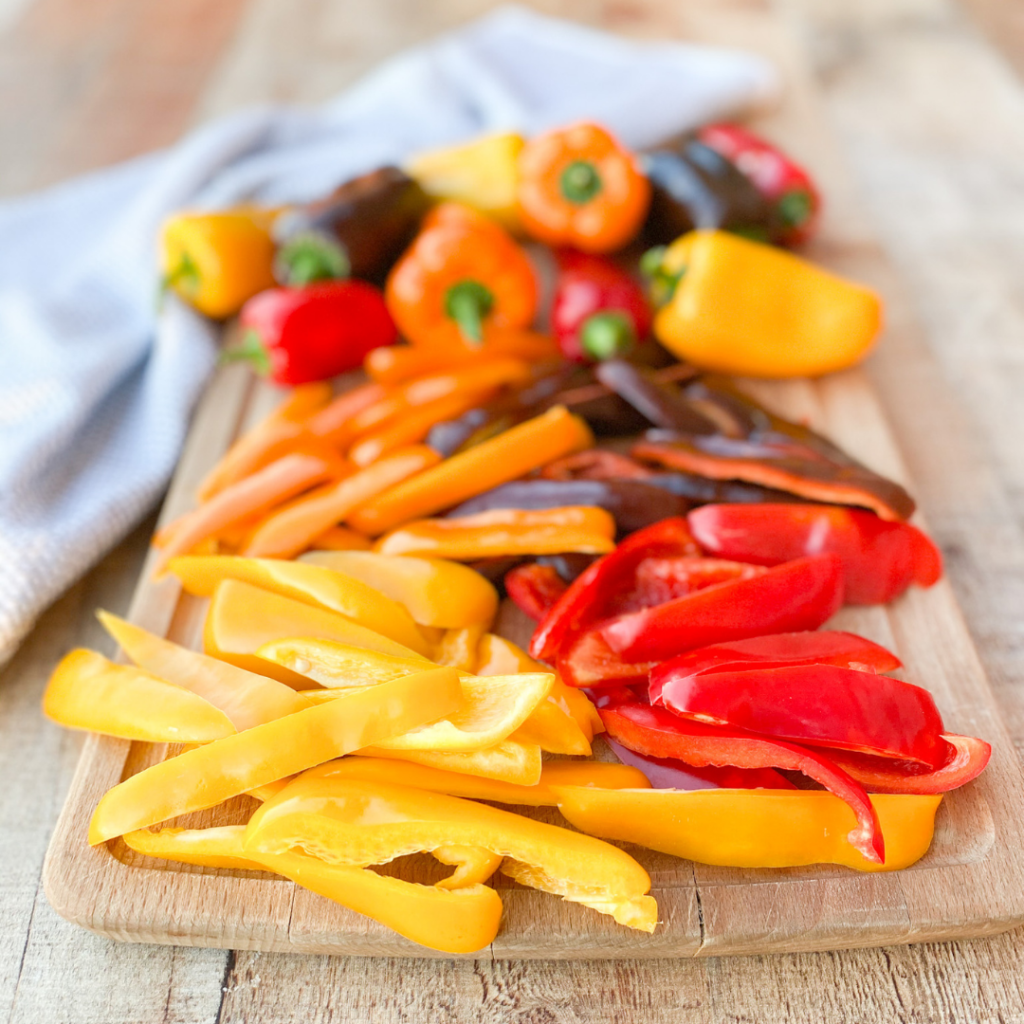
Preserving peppers to last all year
My family uses a LOT of peppers, mostly sweet but some hot varieties too. My preservation methods include:
- Slice + freeze (sweet peppers) – All winter long we sauté these frozen sliced peppers. Yum! They’re also perfect for chopping and adding to soups and other recipes.
- Roast + peel + dice + can (green chiles) – I love not having to buy diced green chiles anymore!
- Roast + peel + freeze (hot peppers & green chiles) – Keeping a stash of roasted Anaheim peppers in the freezer means we can enjoy this delicious Chile Relleno Casserole any time of the year.
- Dice + freeze (Jalapeños) – A supply of diced, frozen jalapeños simplifies salsa-making and hot pepper jam prep.
- Can as hot pepper jam (sweet & hot peppers) – When my peppers are in full swing, I like to can a big batch of this sweet jam with lots of heat. My fire-loving, Texas born boys love to spread this jam on just about everything.
- Dry + store – I’m still experimenting with incorporating dried peppers into my regular cooking. Stay tuned!
- Dry + grind into powder – How amazing will it be to dry and grind my own paprika powder!? Be sure to follow along for updates: sign up for my weekly newsletter and follow on Instagram.
Recommended pepper varieties
Peppers are one of my favorite veggies to grow! There are so many possibilities and such a range of colors, flavors, shapes, and sizes.
This year I’m growing:
- Orange Bell: medium-large sweet pepper, perfect for Italian Stuffed Bell Peppers
- Lipstick: tasty red sweet pepper, great trio with Aura and Glow
- Aura: tasty yellow pepper; great trio with Lipstick and Glow
- Glow: tasty orange pepper: great trio with Lipstick and Aura
- Ajvarski: large red, wedge-shaped sweet pepper with thick flesh
- Sweet Chocolate: tasty sweet pepper ripens to a chocolate brown color
- Jimmy Nardello: family favorite! Long, skinny, bright red, and super tasty to eat fresh.
- Paprika: a new one for me this year; I’m excited to dry these peppers and grind our own paprika powder.
- Poblano: mild to medium hot pepper perfect for Shortcut Carnitas
- Jalapeño: I grow these for making hot pepper jam and home canned salsa.
- Anaheim: medium to hot pepper perfect for canning diced green chiles; also for this delicious Chile Relleno Casserole.
There you have it: how to grow an entire year’s supply of peppers. I can’t wait to hear about your adventures in growing peppers! Any tips to add to my list? Which are your favorite varieties to grow or eat?

Sign up NOW for my best tips delivered weekly to your inbox!
You’ll also get instant access to my library of free ebooks and resources.


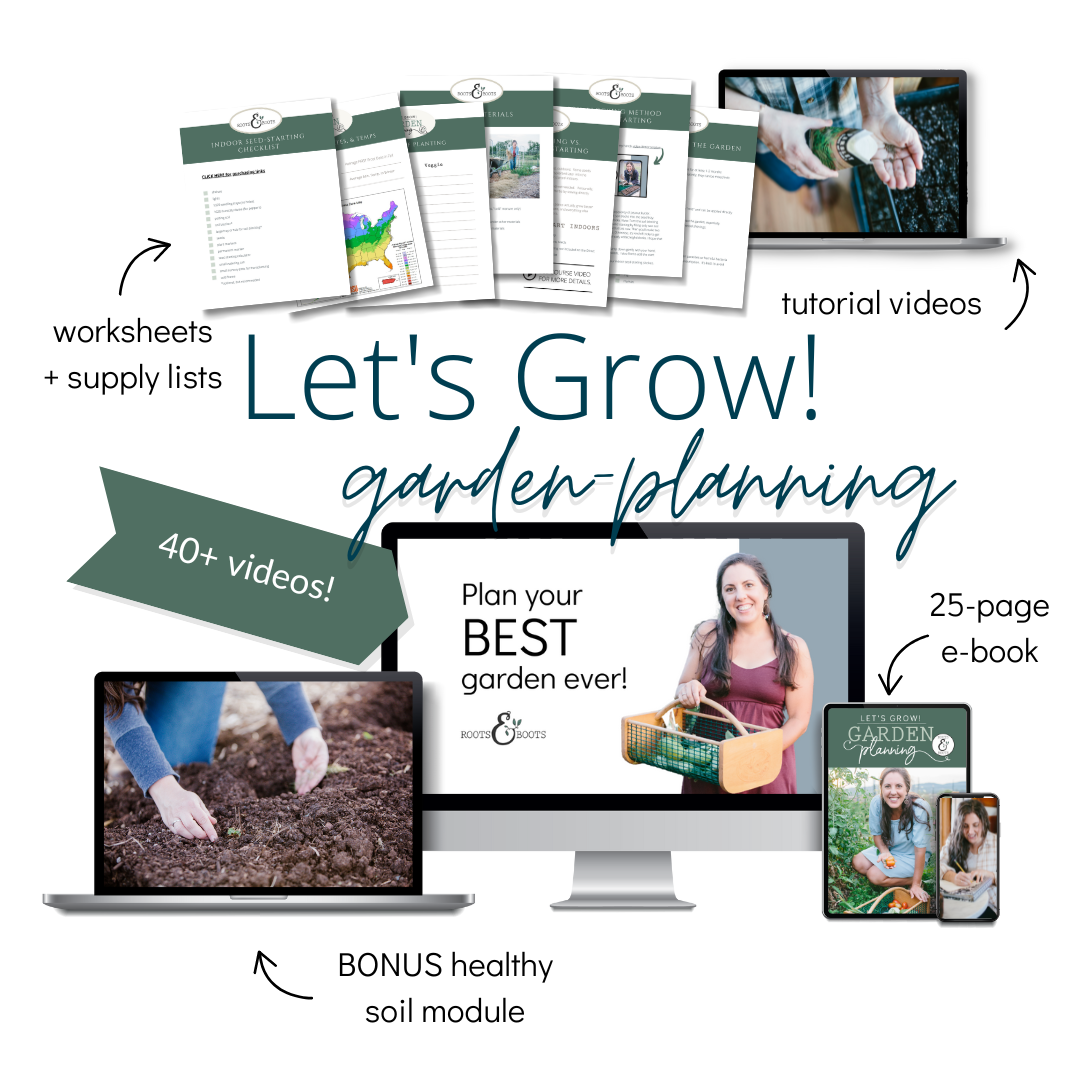
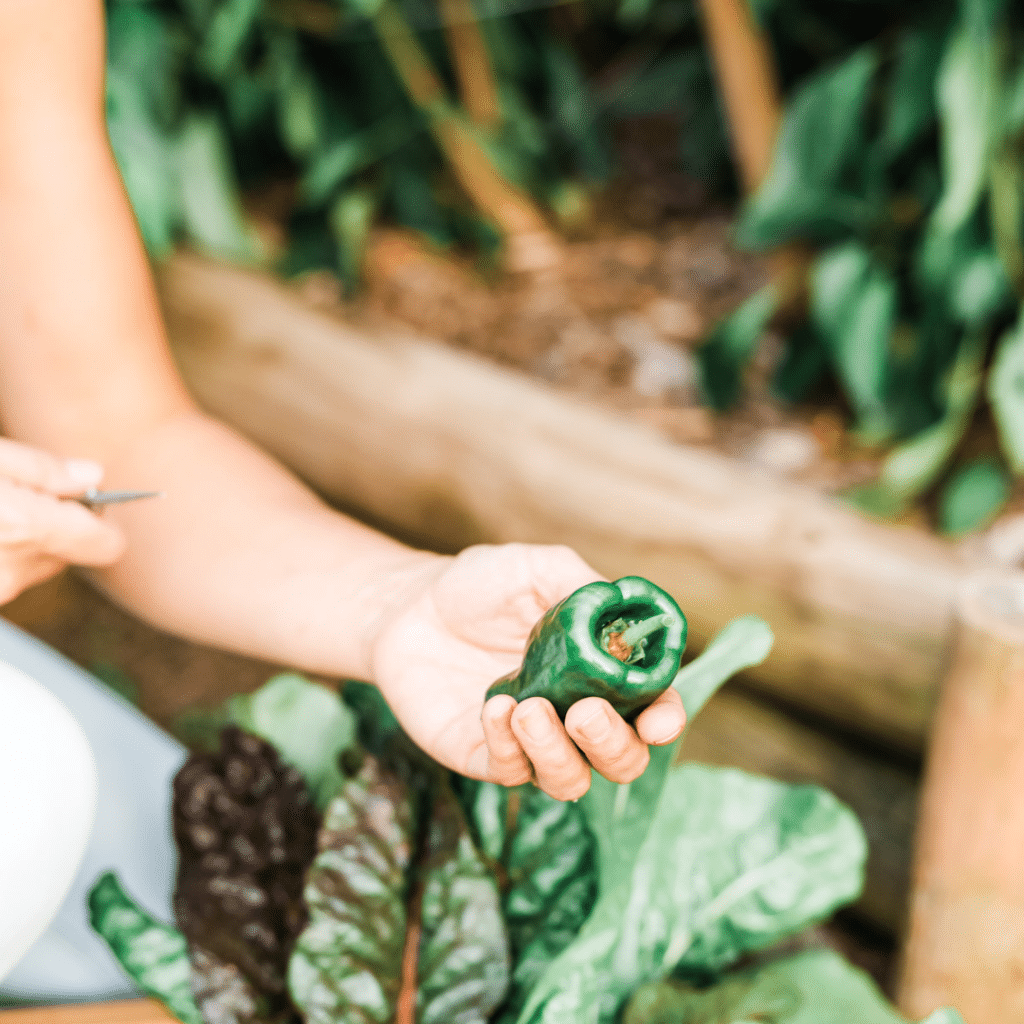
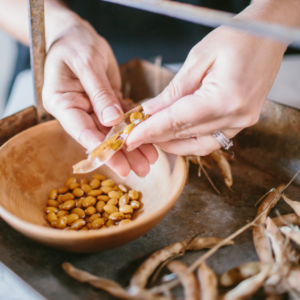
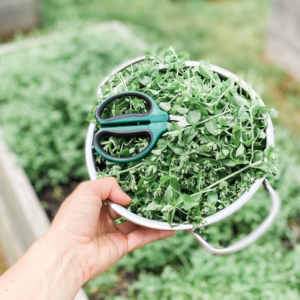
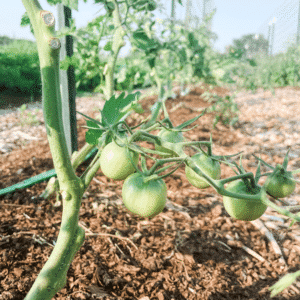
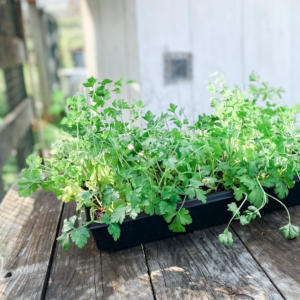
Leave a Comment